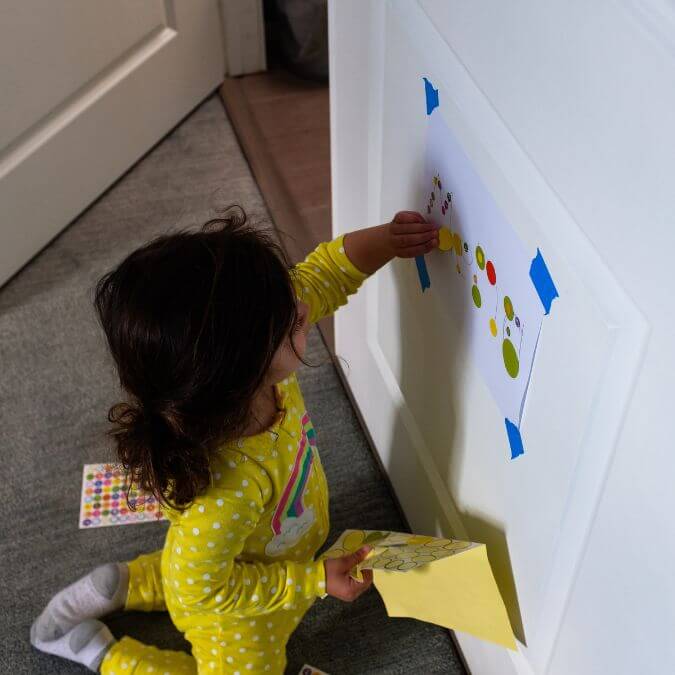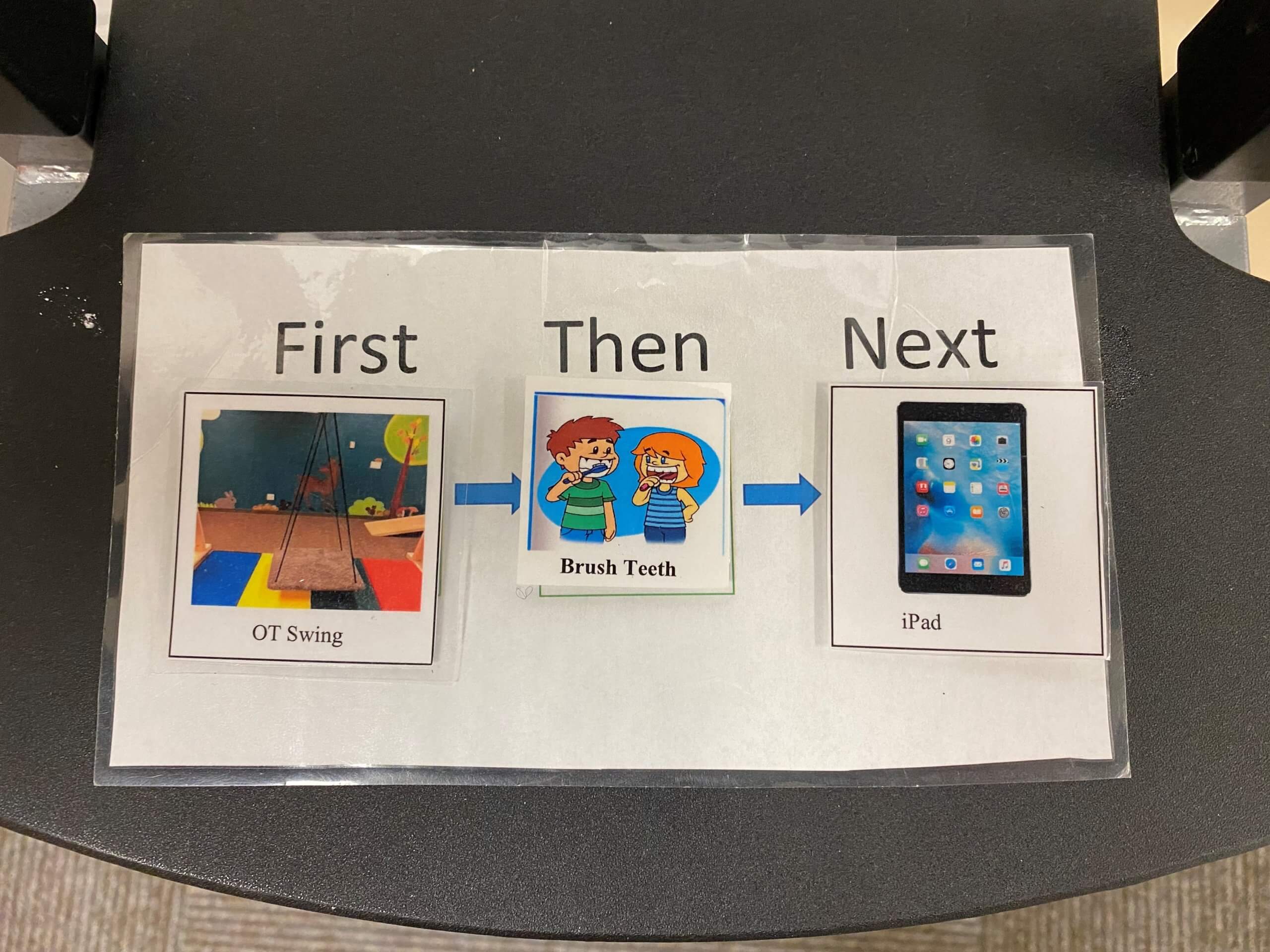How to Help Children with Autism Manage Transitions Smoothly
September 23, 2025
September 23, 2025

For many families of children with autism spectrum disorder (ASD), transitions can be some of the toughest parts of the day. Whether it’s leaving the house, ending a favorite activity, or moving between therapy tasks, change can feel overwhelming. With the right strategies, however, transitions don’t have to derail the day.
Hopebridge Regional Board Certified Behavior Analyst (BCBA) Khloe Mossman has supported her team in helping hundreds of children with autism in North Carolina and East Tennessee develop routines and coping skills to make change easier.
In our previous post in this series, we explored why transitions can be difficult for autistic children. Here, we’ll share evidence-based applied behavior analysis (ABA) strategies used in Hopebridge centers, as well as practical tips families can use at home.
At Hopebridge, our clinicians use ABA therapy to gradually build tolerance for transitions. This includes strategies like:
Our clinicians are ready to help manage transitions and build more skills that support your child’s future.

Khloe notes that Hopebridge centers are uniquely set up to support routine. In a center, BCBAs can teach and honor a routine the majority of the time, but our clinicians know this is more challenging at home. What happens when the routine has to be broken because the dog has an accident or a friend puts their cup where your child likes to set theirs?
“Here in our therapy centers, we don’t have competing priorities, whereas families might have to get a sibling off the bus or tend to dinner cooking on the stove,” said Khloe. “It isn’t always easy for families to balance these techniques with the chaos of daily life, but our family guidance sessions can be helpful in making transitions meaningful and manageable.”
Khloe told us about one of her favorite transition “wins” in the center. This child loved creating routines but struggled when those routines didn’t align with the real world, such as packing up at the end of the school day. Step by step, Khloe and her team taught the child how to pack their lunchbox, zip their backpack, put on their coat, and line up for the bus.
After weeks of practice, the child was able to follow a similar routine when their mom called out, “We have to get ready to go, grab your stuff.” This was a busy time for this mother, who was going back to school, so it was a huge relief when her child managed to switch tasks so successfully that they arrived 45 minutes early! Even better, the child gained real independence in this process, which sparked confidence for all of them.
Khloe suggests several strategies caregivers can use in their daily routines:

Task switching will always be part of life, but with the right supports, children with autism – and their families – can build resilience, independence and confidence to manage them.
At Hopebridge Autism Therapy Centers, our clinicians partner with families to create strategies that work not only in therapy, but also in homes, schools and communities.
If your family needs more support in this area or other areas of daily living, communication or behavior, Hopebridge 360 Care provides a range of interdisciplinary services. From autism testing and ABA therapy to occupational therapy and speech-language therapy, visit hopebridge.com/contact to get started.
*Informed consent was obtained from the participants in this article. This information should not be captured and reused without express permission from Hopebridge, LLC. Testimonials are solicited as part of an open casting call process for testimonials from former client caregivers. Hopebridge does not permit clinical employees to solicit or use testimonials about therapeutic services received from current clients (Ethics Code for Behavior Analysts 5.07-5.08; BACB, 2020). Hopebridge does not provide any incentives, compensation, or renumeration for testimonials provided by a former client or client caregiver.
Autism Therapy
June 15, 2018
What is Natural Environment Teaching? Learn from a Hopebridge BCBA Series
Autism Therapy
January 24, 2022
What the Increased Prevalence of Autism in Children Means for Your Family
Autism Therapy
September 22, 2023
Why Focusing on Self-Advocacy During Therapy is Important